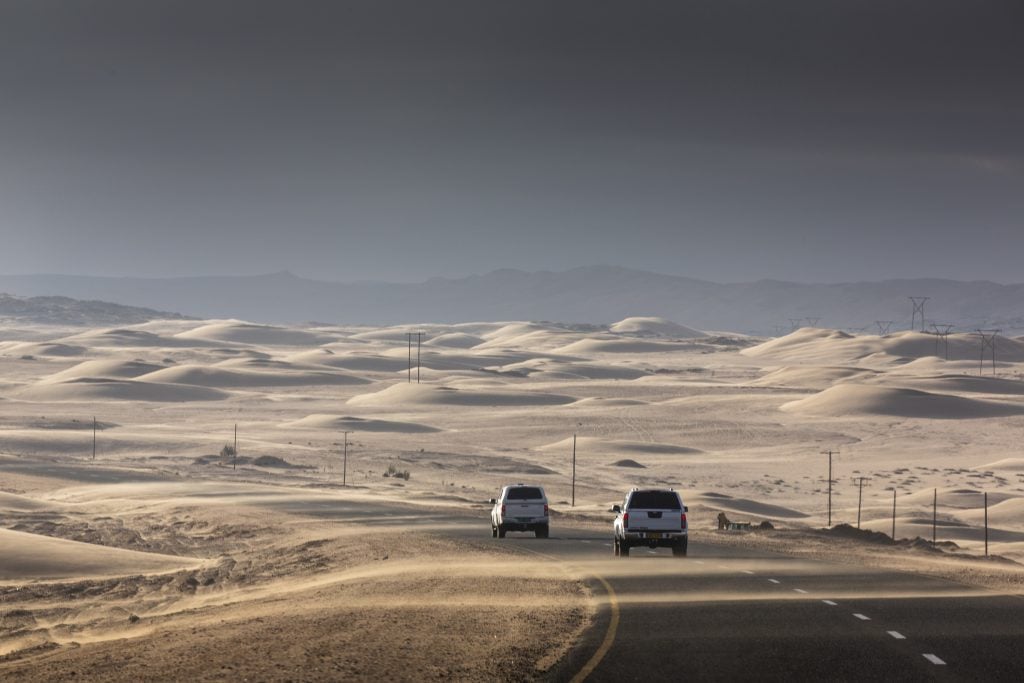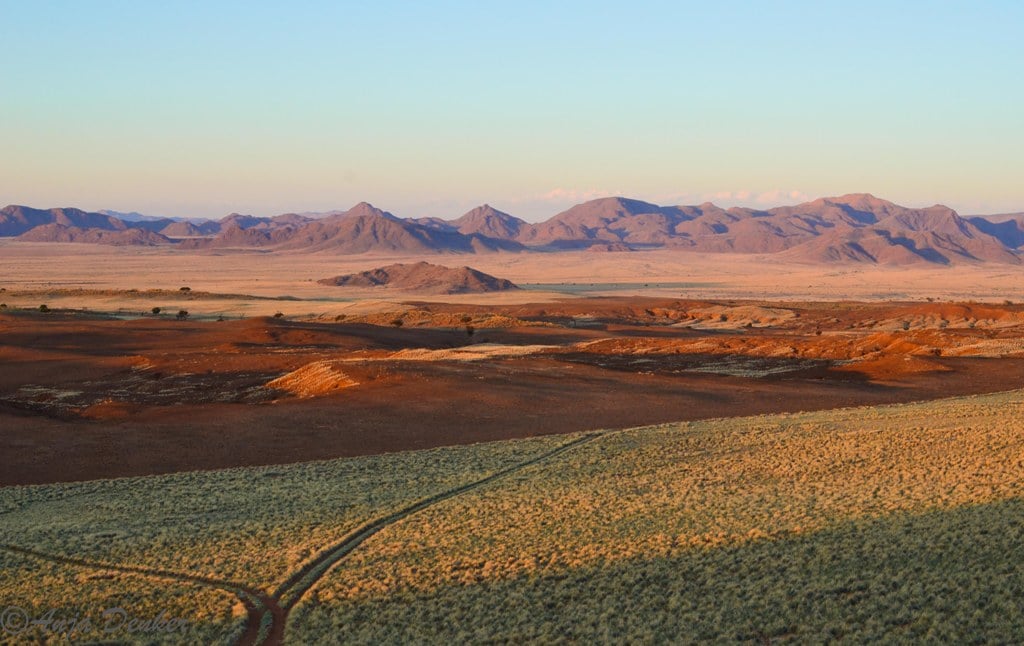A rather threatening concept… associating the entire coastline with a skeletal formation. This was not done unknowingly though. The Namibian Bushman are said to have called the coastline ‘the land God made in anger’. Similarly, the Portuguese explorers referred to it as the ‘Gates of Hell’.
As Namibian citizens, we all know our little stretch of the Atlantic is not to be taken lightly.
With the cold Benguela current running so close to our coast line, pushing the cold air into the arid heat of our Namib Desert, what else can we expect? It is perfectly unique and therefore perfectly translates into pristinely Namibian.
As per its name, the coast is littered with a variety of skeletons, both animal and ship, and every now and again human. The coastline is known to be home of thousands of lost souls, one of the most prominent shipwrecks being the Dunedin Star.
A British liner that was beached by her captain in the 1940’s after apparently striking a reef. Another two ships were said to come to the Dunedin’s aid but sank in the process.
Every now and again the rough surf settles just long enough to reveal the ship’s sunken grave. And along the shore you will find the remains of the crewman whose last attempt was to bring the ship’s occupants ashore.
Thousands of ships and lives have been claimed by this harsh coastline, but there is more to it than mere death and destruction.
The almost 500km of barren wasteland is actually a Nature Park. And serves as the home to some remarkable creatures. As the park is laced with intersecting rivers, there is a fair chance of survival for those animals that have been able to adapt to the harsh environment.
An entire colony of Cape fur seals can be found along a certain area of the coast. And yes, Elephants can also be found in the desert sand.
When visiting the area you might also spot giraffes, lions, zebra, rhino and hyena. All these animals have found a way to survive in an area thought to be uninhabitable.
The Skeleton Coast is also one of the only places in the world where one can experience the ‘roaring dunes’.
A unique combination of wind, air and sand cause a roaring sound that has been compared to that of a low flying plane. And of course one can never forget the remnants of the Diamond Mining town, Kolmanskop.
This hard stretch of land may be referred to as the Skeleton Coast. However, realizing it as a treasure trove of natural and historic phenomena you cannot help but wonder maybe in this case ‘skeleton’ could be interpreted differently.

Some cultures believe that skeletons and particularly skulls are symbols of bravery and courage in the face of death and danger. This is the quality that should be attributed to the Skeleton Coast.
A place of harsh and drastic environments and yet a place of life and a place of preservation for what was once lost but won’t be forgotten.
Most of the coastline is considered a Nature Park and you will need permits to gain access. Although a great place to use as a headquarters for your travels is The Delight Hotel in Swakopmund.
If you have any stories or information about the Skeleton Coast, we invite you to share them in the comment section below.
Author – Jescey Visagie is a proud Namibian and is passionate about writing and language. Tag along for the ride as she tries to uncover new insights into Namibia and explores what the country has to offer.

.jpg?width=670&height=436&name=Swakopmund%20Experience%20(7).jpg)









SUBMIT YOUR COMMENT